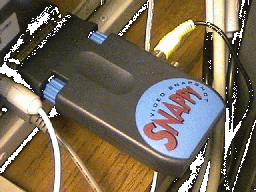
nappy
Stereo
Imagery
by
Richard
Grotjahn

|
Snappy
Stereo
Imagery
b |
Welcome to my stereo page devoted to stereo pairs of pictures that I created by using the "Snappy" video device manufactured by Play Inc. I hope you enjoy the images displayed here and that my modest site will give you some ideas for creating stereo pairs where none would seem to "exist.". Please note that all the images presented here are copyrighted to me, Richard Grotjahn, except where noted.
This site just presents examples of stereo pairs created from
ordinary video tape input. Input to the Snappy device can come from
any video out port. In some cases here, I have used my average-quality
video camcorder. In other cases, I am grabbing the image off a
standard VCR playing a standard VHS tape. The images on the tape
can come from anywhere, including off-air broadcasts. What is needed
are two views of the object from slightly different angles (in the
horizontal plane) and from the same distance away from the object.
For off-air broadcast items, such a combination of camera angles happens
only with the right kind of tracking shot. When using my own
camera, it is really quite easy to get the basic effect: just "shoot"
(record via videotape) a few seconds
from one angle, then move to the other spot and "shoot" a few more
seconds there. I usually "shoot" both angles as one 30-40 second shot.
If you would like more information about choosing correct angles, and
so forth, I have prepared a tutorial web page for
making stereo images
using computer
graphics or by using a regular camera. Also presented are tips on projecting
the images. Finally, I have a
tutorial
on seeing the stereo effect without a viewer on that page.
However you do it, careful layout of the shots does make a better
stereo image in the end. However, the human brain & eye are quite
forgiving, and will try to construct a stereo effect from even a poorly
matching pair. The biggest benefit of careful layout is of course, less
eyestrain.
As indicated above, my video camera takes rather mediocre images.
Fortunately, the Snappy device comes with software that I have used to
improve the aesthetic quality of each image. Typically, my camera
images benefit from manipulating the color balance, especially so
as to increase the color saturation. These types of changes are
easy with the Snappy software. Of course, the tiny image sizes here
hides the lack of sharpness in my original video camera images.
As you will note below, the better the original capture, the better
the final product. The pair of the Snappy device look better than
the other shots on this page, yet no color manipulation was made.
The images here are grouped in pairs that should
be displayed side by side. If your viewer has placed
one image above the other, try making the window of your browser
a little wider so that each pair is displayed side by side. I have
used small sizes to facilitate the side-by-side viewing as well as to
keep the total file size manageable. However, some images reproduce better
using small size than do others.
NOTE: these images are to be viewed by the "relaxed eye" method,
and NOT the "cross-eyed" method. In other words, the left image is
for your left eye; the right image for you right eye.
A stereo image of the picture above... or
How a "Snappy" views itself ..... (it is just so vain!)
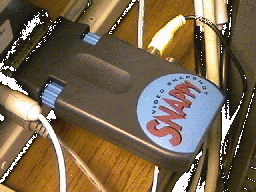

The image above was done using a tripod, and the
next-to-lowest
image quality processing on the Snappy software.
The images below were all done using the lowest-quality
image setting (grabbing off a moving video).
Given that qualifier,
the images are rather good.
At the early stages... note the banana leaves sticking up through the top of the old roof ...
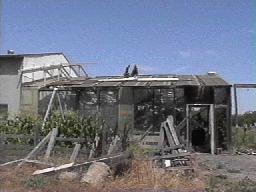
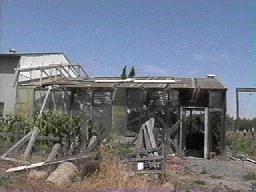
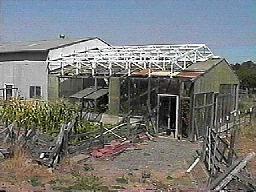
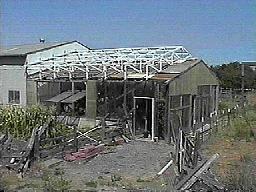
At the later stages... notice how the corn (on the left side of the frame) has grown over the month of construction ...
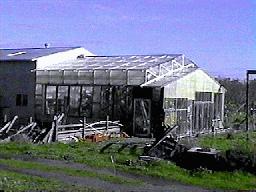
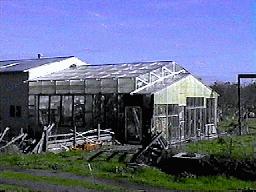
... and the final stage.
a banana (Musa, var. "ice cream") tree ....
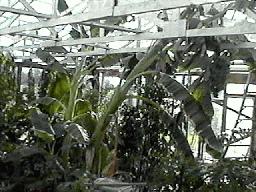
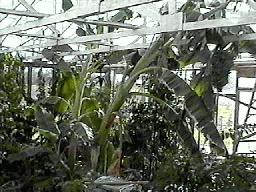
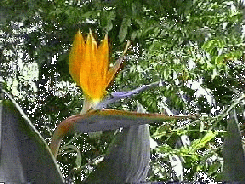

.... and a bird of paradise (Strelitzia)
a hurricane ... (copyrighted to NASA)
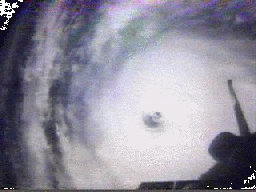
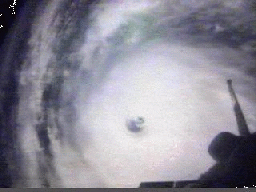
the Himalayas from space ... not much stereo effect, since mountains are but a tiny ripple on the surface of the planet when seen from this distance. Howerer, a band of cirrus clouds with virga streaming beneath (?) does show up in the lower left region. (copyrighted to NASA)
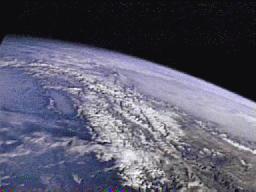
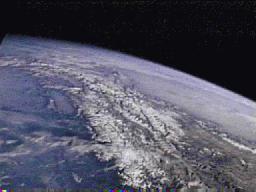
Images from the NOVA program: "Cracking the ice age"
the Himalayas from an aircraft ... a "better" stereo effect ... Notice how nicely the cumulus clouds line up above the ridge tops to the left of center. (copyrighted to NOVA-PBS)
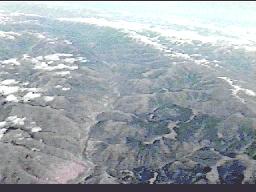
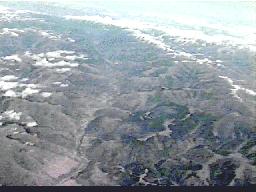
a white mountain ... (copyrighted to NOVA-PBS)
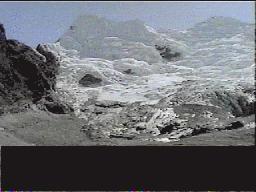
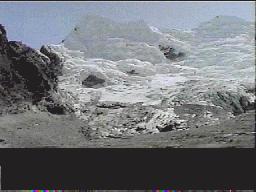
and a green mountain ... (*yawn*) (copyrighted to NOVA-PBS)
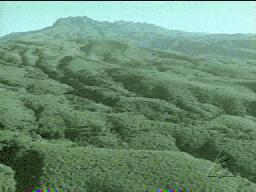
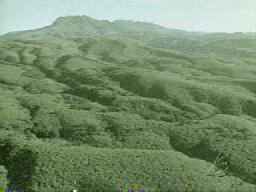
And finally, something from commercial TV:
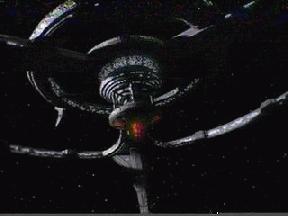
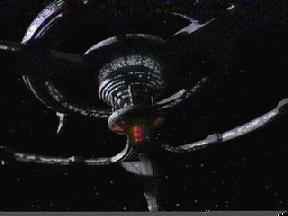
... here is the "Deep Space 9" station
(Copyrighted to Paramount)
Return to Richard's homepage.
Return to UCD Atmospheric Science
home page.